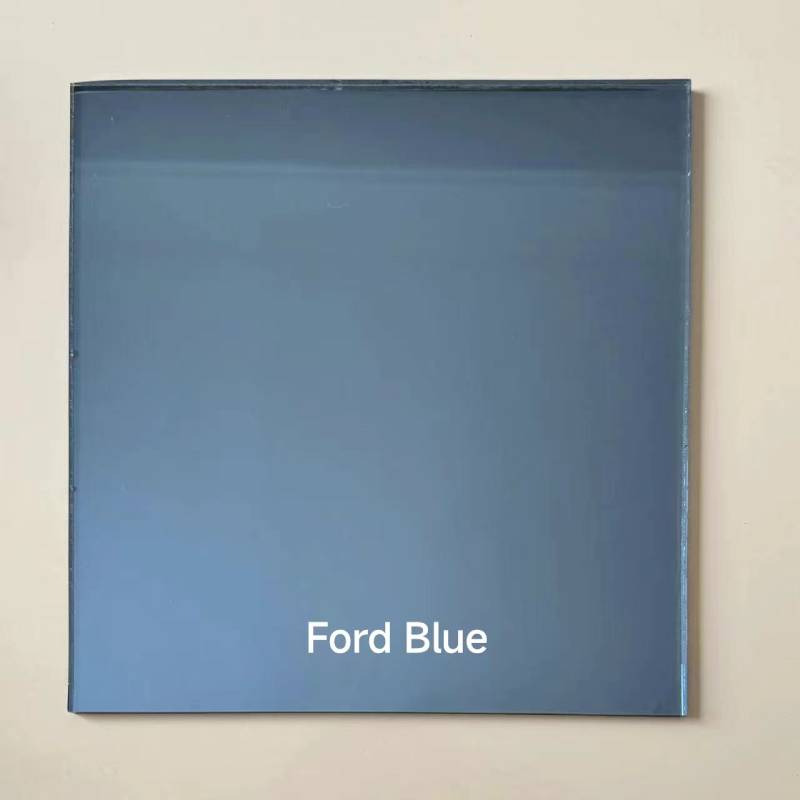

The Price of Tempered Glass A Comprehensive Overview
Tempered glass, also known as toughened glass, has become a ubiquitous material in modern architecture, interior design, and various industrial applications. Known for its strength and safety features, tempered glass undergoes a specific heating and cooling process that enhances its durability compared to regular glass. As the demand for glass products continues to rise, understanding the factors influencing the price of tempered glass is paramount for consumers, manufacturers, and architects alike.
Understanding Tempered Glass
Tempered glass is produced through a process of extreme heating, followed by rapid cooling. This method introduces compressive stress on the surface of the glass and tensile stress within it. As a result, tempered glass is more resistant to impact, thermal shock, and various environmental stresses. It’s often used in settings where safety is a priority, such as in shower doors, facades, glass doors, and even in automotive applications.
Factors Affecting the Price of Tempered Glass
1. Material Quality The quality of the raw materials used significantly impacts the pricing of tempered glass. High-quality silica sand and additives will yield better glass that is less prone to defects. Consequently, manufacturers may charge more for products that guarantee superior performance.
2. Thickness and Size Tempered glass comes in various thicknesses and dimensions, each suiting different purposes. Prices vary considerably with thickness; thicker glass will naturally be more expensive due to the increased material usage and processing time.
3. Production Process The intricacies of the manufacturing process also play a critical role in pricing. High-tech production methods that ensure precision and reduce waste can increase overall costs. Additionally, innovative techniques, such as low-emissivity (Low-E) coatings that enhance thermal performance, may add to the price.

4. Market Demand Like any other material, supply and demand dynamics can impact the price of tempered glass. In periods when construction and renovation activities spike, the demand for tempered glass also rises, potentially driving up prices.
5. Customization Many clients require customized shapes, sizes, and finishes for their tempered glass products. Customization often involves additional fabrication processes, which can elevate the cost considerably.
6. Location and Transportation The geographical location of businesses and consumers also affects pricing. Factors such as local market conditions, transportation costs, and import duties can all impact the final price of tempered glass products.
Current Market Trends
As of late 2023, the tempered glass market is witnessing significant growth due to the booming construction industry and rising consumer preferences for aesthetic glass installations. Additionally, a growing emphasis on energy efficiency in buildings has led to increased demand for specialized tempered glass solutions that incorporate insulation and energy-efficiency features.
However, consumers should remain vigilant and conduct thorough research when sourcing tempered glass products. Prices can vary widely between suppliers, and opting for the lowest price may not always guarantee the best quality or service. It’s advisable to prioritize suppliers with a solid reputation for quality, reliability, and customer service.
Conclusion
In conclusion, the pricing of tempered glass is influenced by a multitude of factors, including raw material quality, production techniques, customization options, and market demand. With the increasing importance placed on safety and aesthetics in contemporary architecture, tempered glass continues to be a popular choice. By understanding the intricacies of pricing and sourcing tempered glass, stakeholders can make informed decisions that align with their safety standards, aesthetic goals, and budget constraints.